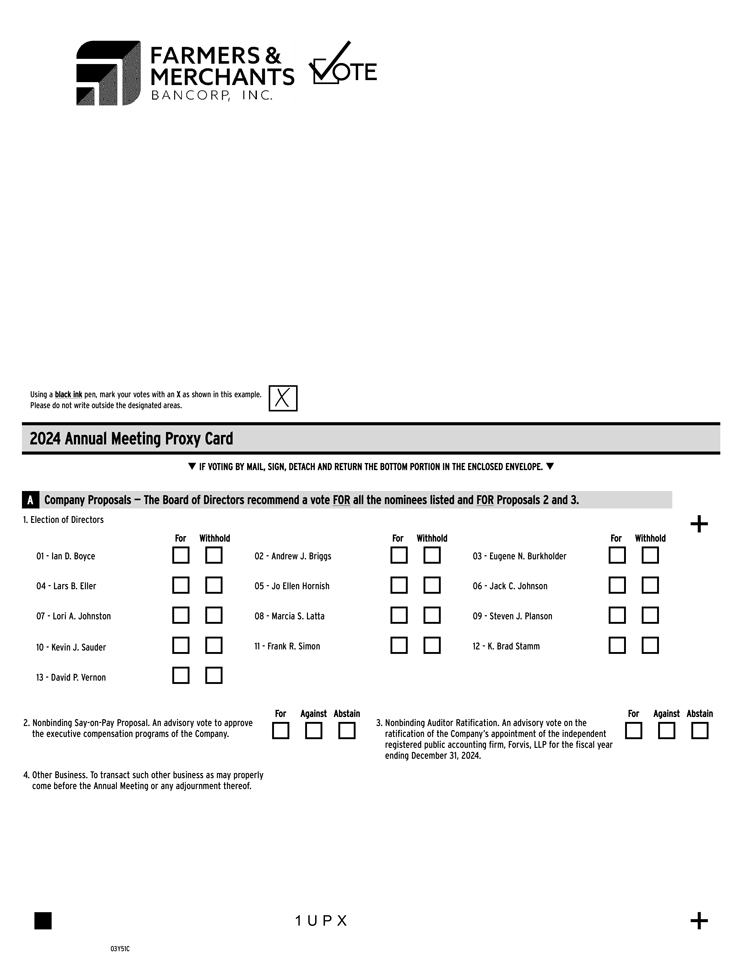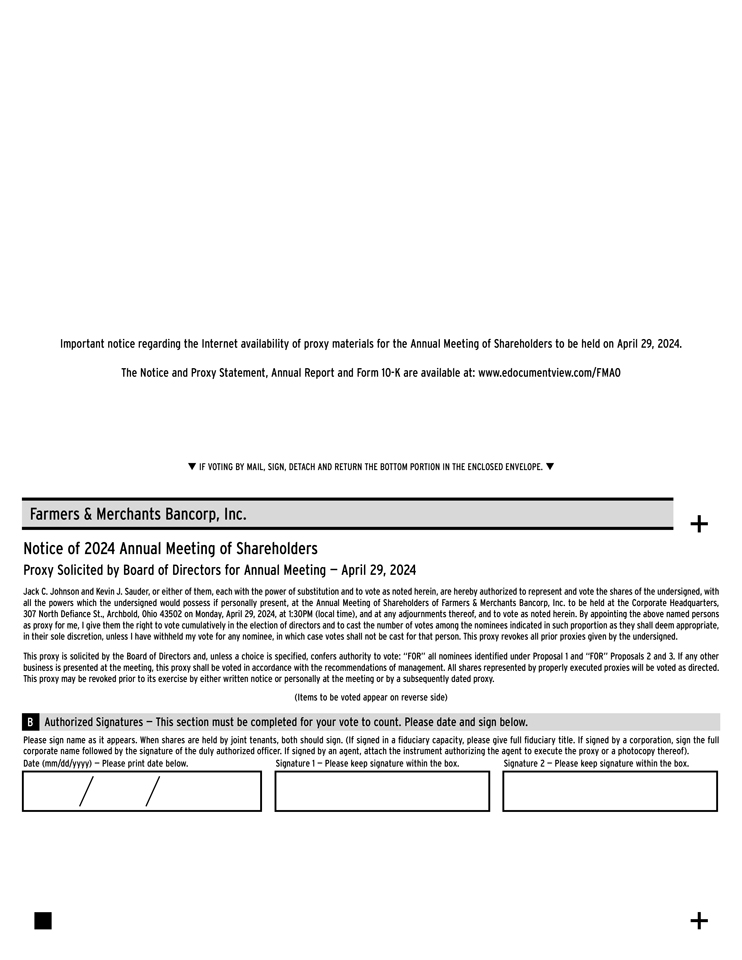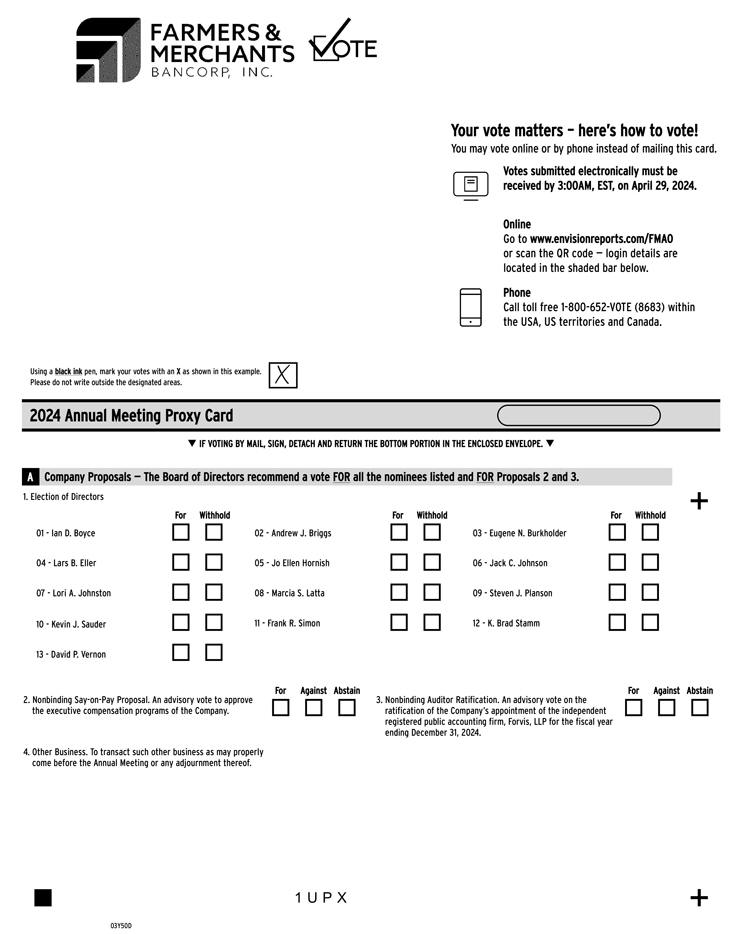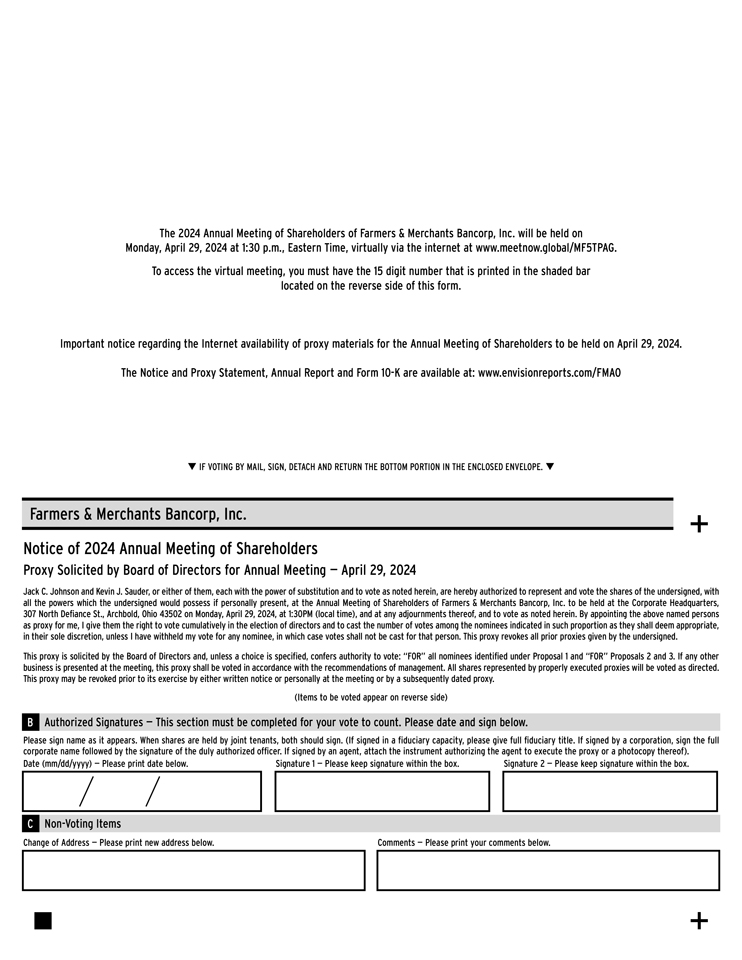to cash is reviewed, the Bank’s cost of funding versus costs paid by competition are assessed, and rate scenarios and stress testing models are used to assess vulnerability. This risk is evaluated and assigned a risk rating with the assessment of overall risk.
Price Risk
Price risk involves risk that may impact earnings or capital resulting from changes in the value of portfolios of financial instruments. This risk affects the Bank’s ability to establish new relationships, service, or continue to service existing relationships. Management of this risk is conducted under specific guidelines and product/service standards. Guidelines assist in establishing, reevaluating, and changing prices for financial services or financial products. These guidelines are structured to ensure an appropriate pricing structure, but also address such issues as volume and price sensitivity for various products. Sources of price risk are identified, elements of the of the risk positions are analyzed, the flexibility of the current price profile versus the ability to hedge the risk is assessed, the proper balance of risk versus reward is determined, and appropriate levels of procedures, controls, and self-monitoring are evaluated for implementation and proper administration. A risk rating is assigned in conjunction with the assessment of overall risk.
Foreign Exchange Risk
Foreign Exchange Risk may occur to earnings or capital as a result of movement of foreign exchange rates due to cross-border investing and operating activities. Market making and position taking in foreign currencies involve foreign exchange risk. In most instances foreign checks received are sent for collection. Risk is minimized with issuance of drafts, letters of credit, and wire transfers through correspondent banks. Risk exposure involves litigation, financial loss, and damage to its reputation. Foreign exchange risk is monitored and evaluated and assigned a risk rating with the assessment of overall risk.
Compliance Risk
Compliance risk is monitored within the structure of the compliance risk management program. Operating in compliance with laws, rules, regulations, and related accepted industry standards enhances the reputation, strategic goals and objectives, and operations of the Company. Compliance risk attempts to evaluate and identify the overall level of compliance risk by measuring and defining the areas of risk for a designated law, rule, or regulation. The compliance risk assessment is designed to identify the quantity of risk, the adequacy of risk management systems, and the resulting residual risk. In measuring and quantifying inherent risk, an impact rating is assigned to each law and regulation along with a quantity exposure rating to arrive at an inherent risk rating. Risk management and control factors are used to measure and assess the effectiveness in identifying, measuring, monitoring, and controlling risk. Residual risk measures the aggregate risk that remains for a specific risk that is leftover from inherent risk and the application of risk management and controls. Risk assessment conclusions result in an overall inherent risk rating, risk management and controls rating, and residual risk rating for Lending and Lending Operations, Deposit Services and Operations, and Management and Operations. The compliance risk assessment is conducted annually by the Risk Management group. Compliance risk assessment results are reviewed by the Compliance Committee which has representation from key business lines, departments, and functional areas, and reported to the Risk Committee, the Enterprise Risk Management Committee, and the Audit Committee of the Board of Directors.
In addition to an overall compliance risk assessment, a fair lending risk assessment is conducted to verify how lending activities are identified, monitored, measured, and controlled, to make sure discriminatory, unfair, deceptive, abusive, and predatory acts and practices do not take place. This risk assessment evaluates the present risk management process and risk mitigation strategies. Risk indicators defined by interagency Fair Lending Examination Procedures are used to assess fair lending risk. In evaluating the risk in lending activities, the following factors are considered: changes in leadership and staffing, new products, product pricing, product and service offerings, policies and procedures, processes, and changes or updates to systems. Other factors considered include the present economy of the region, the market area served, and market area demographics. The fair lending risk assessment is conducted annually by the Risk Management group. Fair lending risk assessment results are reviewed with the Compliance Committee and reported to the Risk Committee, Enterprise Risk Management Committee, and Audit Committee of the Board of Directors.
25


















